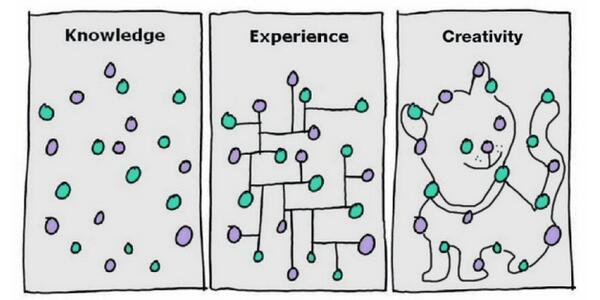
Thought For A Day



When too much information is amassed, a person is unable to internalize pertinent data necessary for rapid fire decision making. When one is unable to process the mass amounts of information, inaction occurs.
Common Problems:
Common Causes:
Viable Solutions:
living legends by TBP_Think_Tank on Scribd

The stock market has only two rules, both of which are vague and confusing. It is up to you to make them clear and simple to understand.
Here are the guidelines:You must write these rules down so that you will not forget them.
You must always follow these rules.
These rules will never change.
You must keep them forever.
These rules are never to be broken.
You must never add to these rules.
Here are the rules:
KNOW WHEN AND WHY TO BUY.
KNOW WHEN AND WHY TO SELL.
Now, take these rules and develop your trading methodology around them.




1. Under-recognition of the power of what psychologists call ‘reinforcement’ and economists call ‘incentives.’
2. Simple psychological denial.
3. Incentive-cause bias, both in one’s own mind and that of ones trusted advisor, where it creates what economists call ‘agency costs.’
4. This is a superpower in error-causing psychological tendency: bias from consistency and commitment tendency, including the tendency to avoid or promptly resolve cognitive dissonance. Includes the self-confirmation tendency of all conclusions, particularly expressed conclusions, and with a special persistence for conclusions that are hard-won.
5. Bias from Pavlovian association, misconstruing past correlation as a reliable basis for decision-making.
6. Bias from reciprocation tendency, including the tendency of one on a roll to act as other persons expect.
7. Now this is a lollapalooza, and Henry Kaufman wisely talked about this: bias from over-influence by social proof — that is, the conclusions of others, particularly under conditions of natural uncertainty and stress. (more…)
